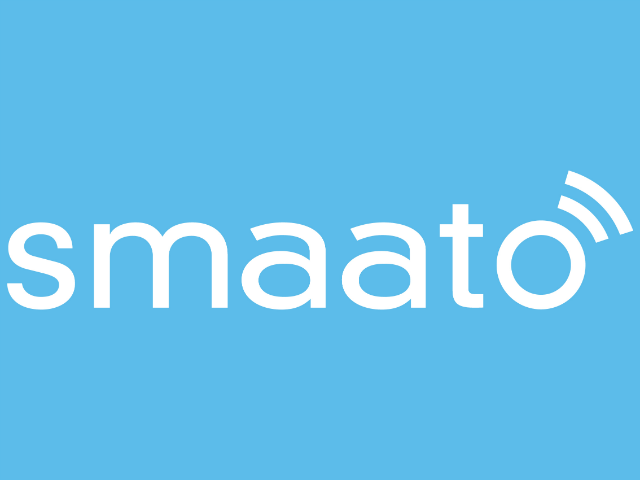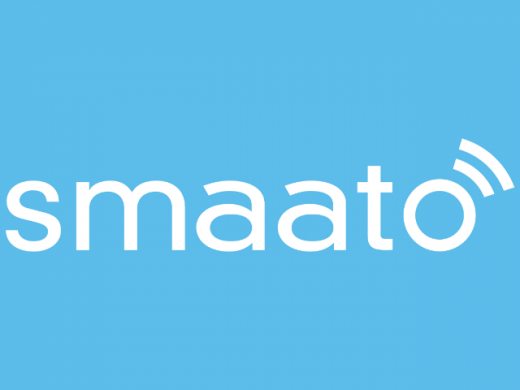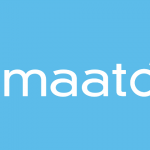Smaato Becomes Mobile Bidding Partner For Google’s Exchange
by Tobi Elkin, Staff Writer @tobielkin, November 18, 2016

Smaato, a global real-time ad platform for mobile publishers, played a big role in an announcement this week by Google. The company became the first mobile bidding partner for Google’s Exchange.
In case you forgot, Google decided about six months ago to open up the Dynamic Allocation feature inside DoubleClick for Publishers (DFP) to third-party exchanges, allowing them to compete for ad impressions.
In a blog post, Smaato commented about becoming Google’s mobile bidding partner. The company was in an Exchange Bidding pilot with Google and now it’s expanded that pilot to mobile apps.
Smaato’s Dynamic Demand essentially allows advertisers to bid on every ad request (from publishers on Smaato’s platform and now Google DFP) in real time. Publishers like this because they see, on average, a nearly 82% increase in fill rates and a 68% increase in CPMs—this relates to results seen on Smaato’s exchange, not on Google DFP.
In the blog post, Christian Sieweke, a senior product manager at Smaato, notes that the industry “sat up and took notice” when Google decided to open up the Dynamic Allocation inside DFT, since the announcement carried “real implications for both supply and demand (not to mention the fully intentional impact on header bidding solutions).”
Since it opened things up, Google has seen positive growth in its Exchange Bidding product. Sieweke noted that the benefit of adding third-party exchanges into DFP’s Dynamic Allocation allows the DFP ad server to communicate with outside ad exchanges and provide them with the opportunity to bid on every publisher impression in competition with their direct sold campaigns and Google’s DoubleClick Ad Exchange (AdX). “Previously, third-party demand could only compete with direct campaigns and AdX prices based on an average price manually entered and updated by a publisher,” he writes.
For its part, Google explained that this kind of a server-to-server connection reduces page load latency and increases the available demand for ad inventory, thereby improving the overall user experience.
The integration has enabled DFP publishers to reach Smaato’s 450-plus mobile-specific demand partners worldwide, increasing their access to high quality global demand for available mobile ad inventory. In fact, Smaato’s demand partners can now compete for ad impressions based on price and priority, in parallel with other exchanges connected to DFP. Sieweke writes that “the integration is simple and it requires no new development for publishers to participate.”
Garrett McGrath, Smaato’s SVP product, told RTBlog that the company has been working with Google DFP and its AdX for some time. He praised Google’s moves but also said that it needed to open up third-party demand sources since header bidding was starting to have an impact on Google, so it had to find a way to make AdX work harder and give it more to compete with.
“Google’s also trying to get more oriented to the mobile app monetization market. Google has been focused on the Web. So I think the idea at Google was to begin to tackle this through its exchange bidding product,” McGrath said. He said the exchange bidding product is Google’s answer to header bidding, and it’s in control of which companies are in that program.
Mobile is important to Google. It launched exchange bidding six months ago, but that mostly addressses desktop and mobile Web, not in-app inventory. With Smaato, Google now has an in-app source of demand—a pool of demand that it doesn’t have on its own. There aren’t that many mobile-specific exchanges, according to McGrath. Smaato has made the connection at the server level to Google and its exchange bidding product.
It remains to be seen how Google will promote this to its publishers.
MediaPost.com: Search Marketing Daily
(20)






